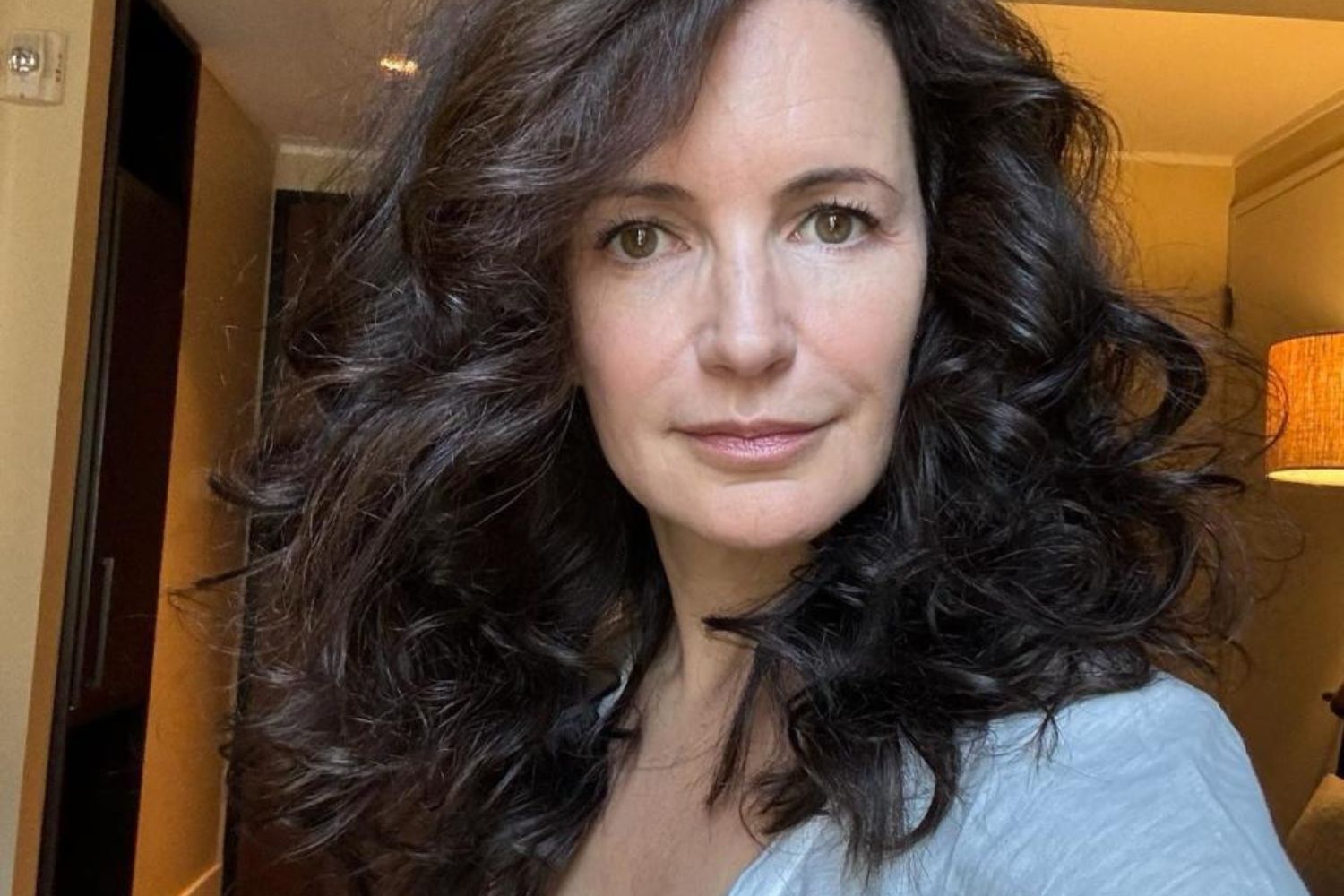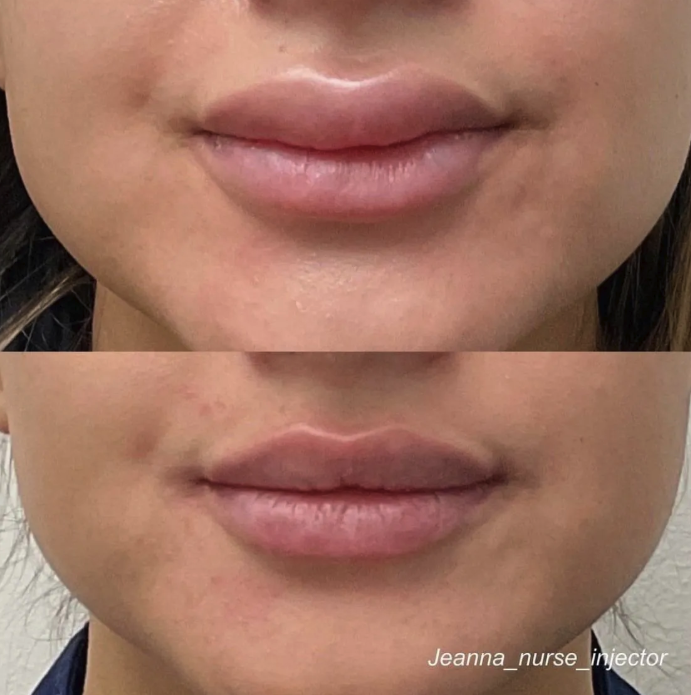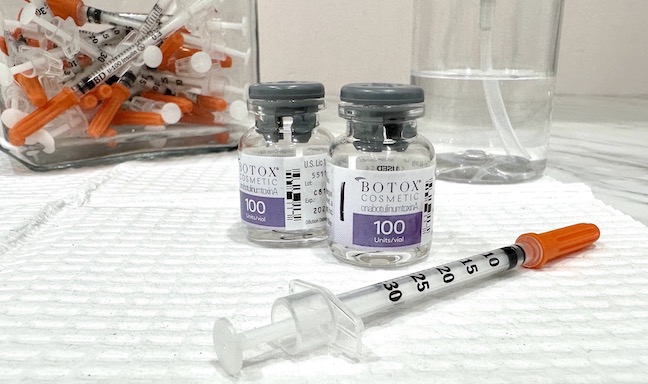
Fed up with fillers: Is dissolving injectables the next big beauty trend?
And Just Like That is back for its third season, and the only topic more popular around the watercooler than the characters’ outfits is their faces. More specifically, everyone’s talking about Kristin Davis, who plays the perpetually perky Charlotte York Goldenblatt.
Criticized in the past for her puffy, “overfilled” face and lips, the actor has recently embraced a more natural look after having her fillers dissolved. “I have done fillers and it’s been good and I’ve done fillers and it’s been bad,” she said in an interview with The Telegraph. “I’ve had to get them dissolved and I’ve been ridiculed relentlessly. And I have shed tears about it. It’s very stressful.”

She’s not alone. Many celebrities have felt the stress associated with trying to maintain their bankable looks in a society that is quick to criticize them for aging naturally, and even quicker to ridicule them for trying to do something about it. It’s a “damned if you do and damned if you don’t” situation that’s caused many big names like Davis to push back. Courteney Cox and Ariana Grande are just a few of the folks who have been transparent about reversing or cutting back on cosmetic enhancements and the trend is catching on.
“As mainstream celebrities have been dissolving fillers and getting reversals, it’s only natural for the masses to follow,” says cosmetic surgeon Dr. Thomas Su in an interview with Style Magazine.
Marta Paul, owner of Nova Aesthetics in San Antonio, Texas, agrees, saying, “Yes, we are definitely seeing a trend in patients choosing to dissolve their filler. Many are now recognizing the overfilled look and either want to start fresh with new fillers, or biostimulators, or are now seeking a more natural appearance.”
How do fillers work?
Fillers rose to fame as a way to address the volume loss in the skin that occurs with age. Sagging cheeks, drooping jowls, sunken undereyes, and thinning lips are the areas most commonly addressed — and most commonly overdone. The problem is not necessarily with the filler itself, but with the injector. Placement matters, as does using the right filler for the job. Skilled injectors will have a variety of product options to choose from and will know which one is best for the area being treated. They will also be current on the latest techniques and tricks to achieve the desired outcome without going overboard.
“Seasoned injectors will take the time to assess each patient individually and tailor their approach based on each patient’s unique anatomy,” says Paul.
Most importantly, a skilled injector will know when to say “enough.” Just because a patient wants more doesn’t mean they need it, and it’s up to the practitioner to pump the brakes rather than plump the lips.
“One of the most common mistakes injectors make is not knowing when to say no to a patient,” says Paul. “Too many injectors chase the money instead of chasing good outcomes.”

What to know before you reset your fillers
Before you rush to have your oversized pout pricked, there are a few things you should know so you don’t end up with an even bigger problem. First, just as injecting filler properly is an art, so is dissolving it.
“It requires treating at various depths and areas to effectively address both original placement as well as any possible migration,” explains Paul, who recommends finding a practitioner who is proficient in ultrasound to ensure that the old filler is being dissolved at all depths.
Next, ask your injector about pain management. According to Paul, the enzyme that is used to dissolve old filler can produce a burning sensation when injected, which is extremely unpleasant. A knowledgeable practitioner can add medications to the mix that will alleviate the pain and discomfort. “If these steps are skipped, it can turn an already intimidating process into a negative experience,” she cautions.
Finally, as anyone who gets cosmetic enhancements knows, beauty comes at a price. Reversing your fillers can sometimes cost as much as getting them, with prices ranging from $300 to $1000, depending on the areas being treated. It is also important to note that only those fillers containing hyaluronic acid can be dissolved.
Going cold turkey neck
You’ve resolved to dissolve, but now what? Are you just supposed to sit back and let Mother Nature have her way with you? You could, and that’s fine. Or, you could embrace a more natural way to enhance your appearance without drastically altering it. Paul points to regenerative medicine and biostimulators like Sculptra, EZ-gel, and Platelet-Derived Growth Factors (PDGF) that stimulate collagen production for more natural, long-term results. It’s worth noting that biostimulatory fillers, such as Sculptra or Radiesse, cannot be dissolved and take anywhere from six months to one year to wear off, depending on an individual’s metabolism.
“I wouldn’t say patients are moving away from injectables entirely, or wanting to ‘age naturally,’ they are simply becoming more aware of the importance of a well-rounded approach,” Paul says.
Whether you choose to refill with a different product or not, remember that fillers are designed to work from the inside out, addressing the volume and structure of the face, not the quality of the skin. For a truly glowing, radiant complexion at any age, medical-grade skincare products and in-office resurfacing treatments go a long way to improve the skin’s overall appearance.
“True ‘anti-aging’ comes from a consistent quality skincare routine, as well as facial treatments and laser therapies that support skin integrity at the cellular level,” says Paul.
When it comes to aging, you simply can’t beat a comprehensive approach that includes good nutrition, hydration, vitamins, sunscreen, in addition to products and treatments. Yes, fillers and injectables can be part of the plan if that’s what makes you feel confident in your skin, but they shouldn’t be the entire plan. Find an injector who considers the big picture, rather than just the quick fix, to avoid long-term problems.



